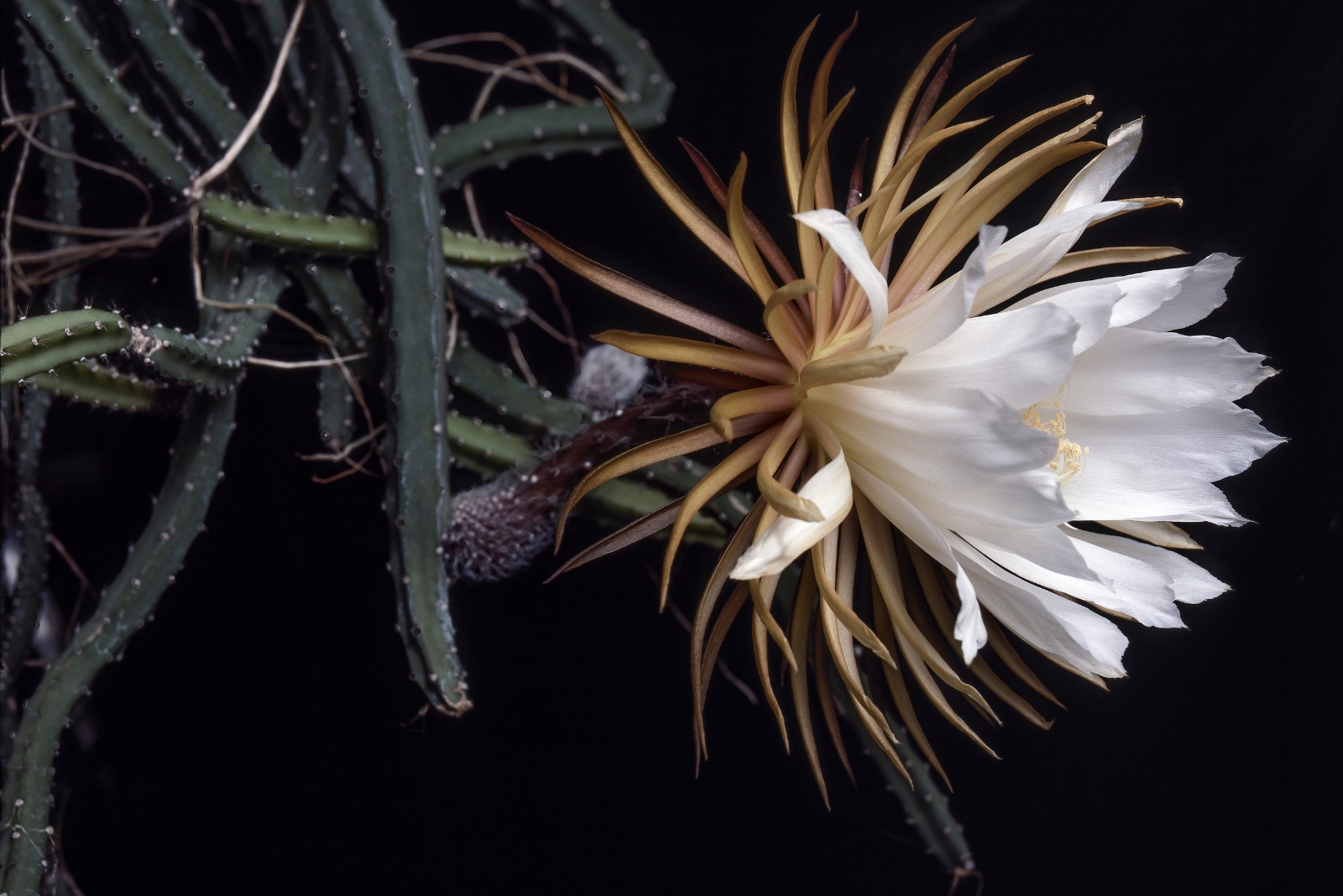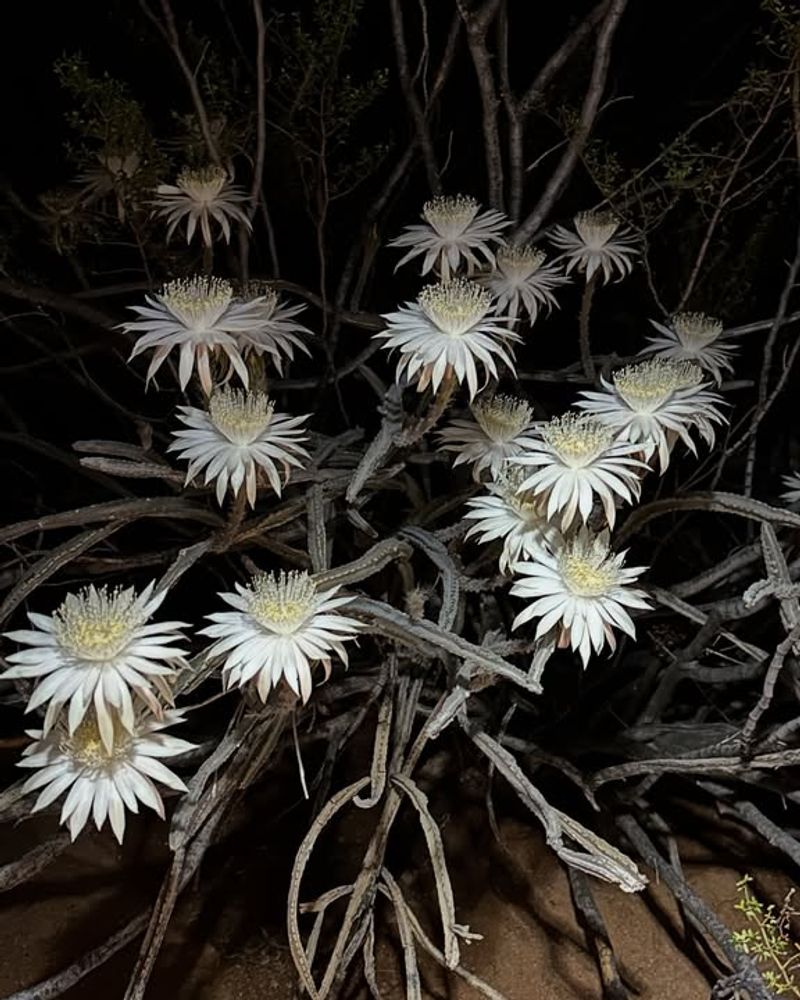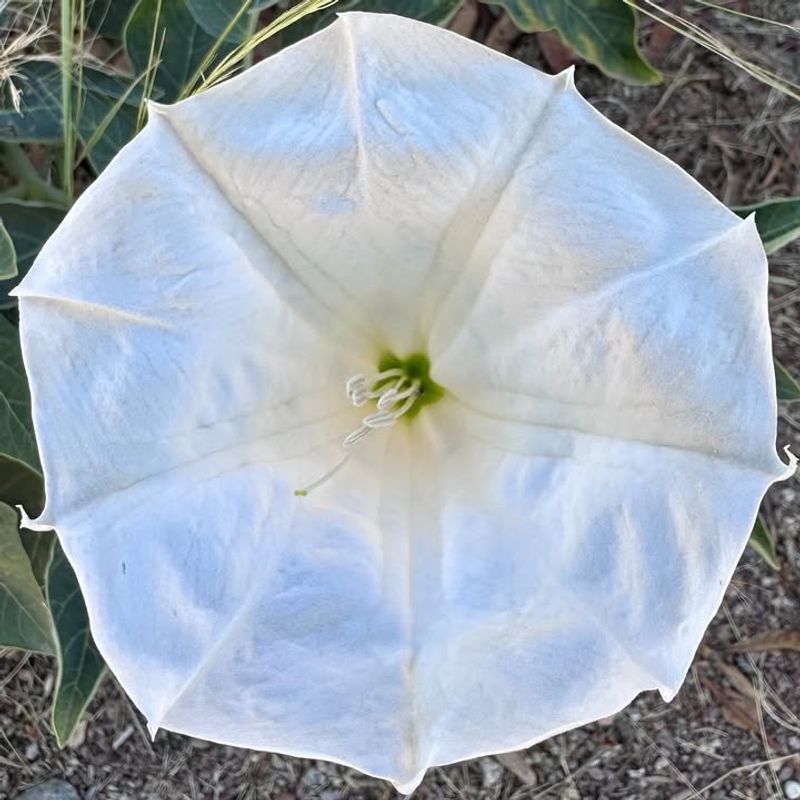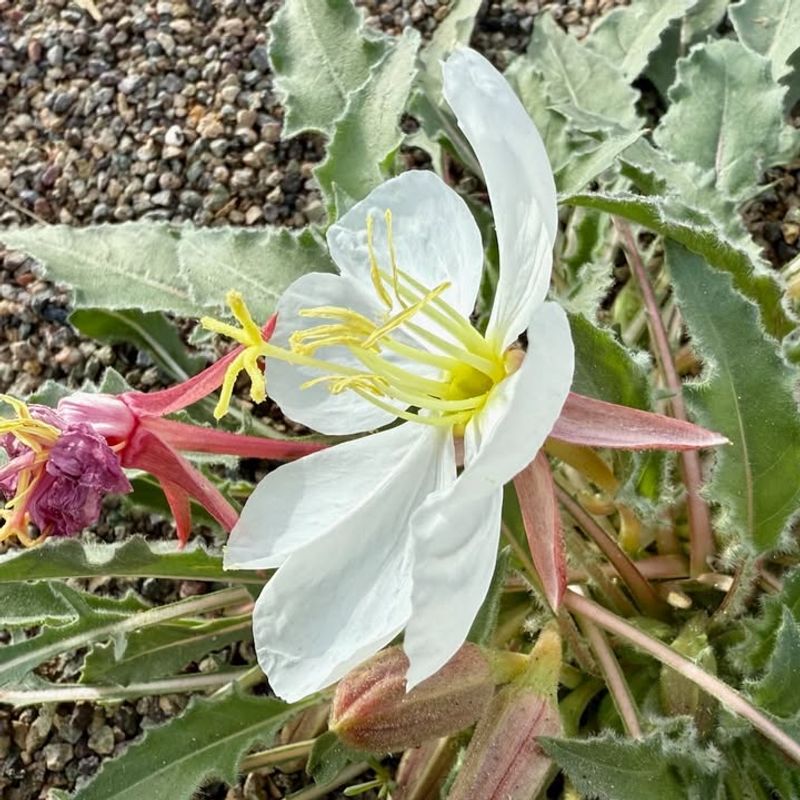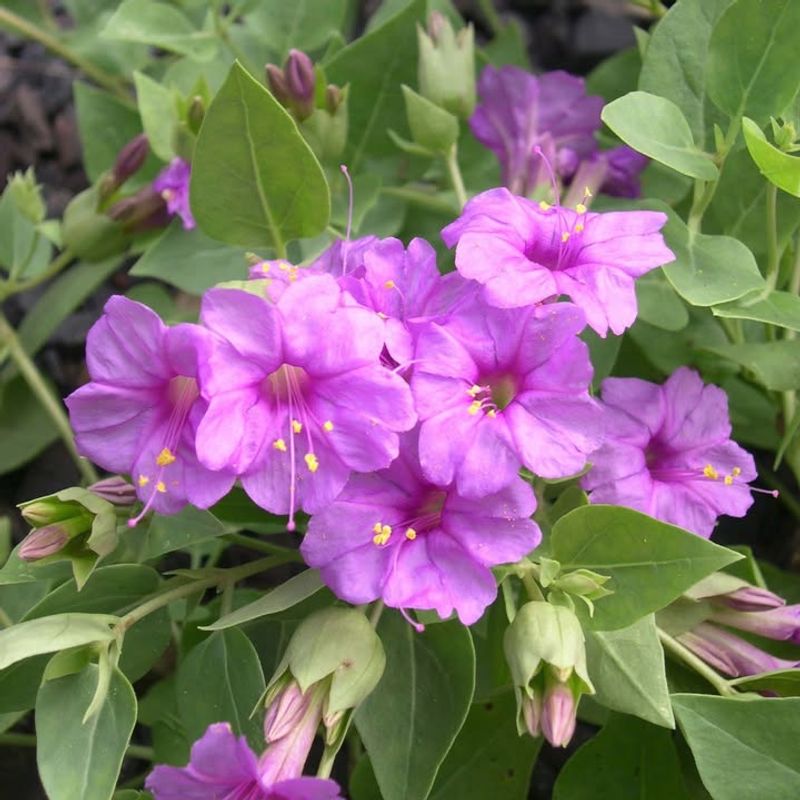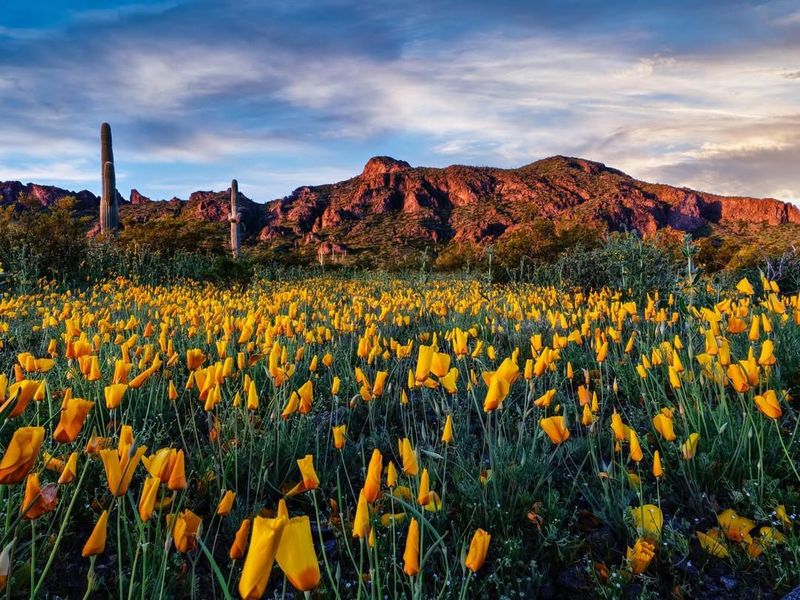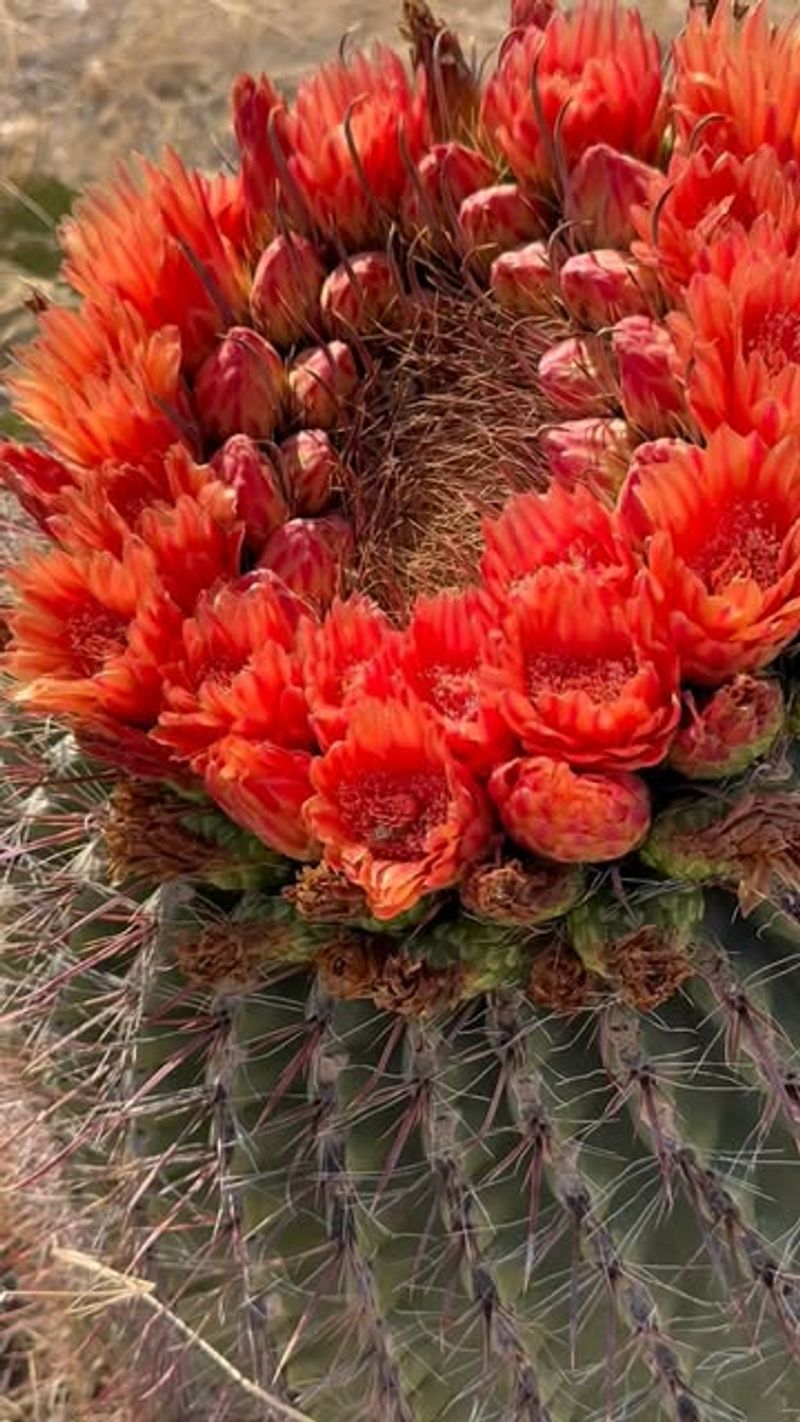Arizona nights can feel almost magical, and these blooms make that feeling even stronger. They stay hidden all day, only opening once the sun fades and the desert cools down.
I’ve always loved plants with a bit of mystery, and this one definitely knows how to grab attention. Stick around and see why its nighttime show is such a big deal.
1. Queen of the Night Cactus
Once a year, this spectacular cactus puts on a show that lasts just one evening. Across Arizona’s deserts, people set alarms to watch the creamy white petals unfurl under moonlight.
The bloom releases a sweet vanilla scent that drifts through warm air. By sunrise, the flower wilts completely, making each viewing incredibly special.
Native pollinators like sphinx moths visit during the brief window of opportunity.
2. Sacred Datura’s Moonlit Trumpet
With trumpet-shaped flowers as big as your hand, Sacred Datura commands attention throughout Arizona’s wilderness. Native American tribes considered this plant sacred for centuries, using it in traditional ceremonies.
Each bloom opens as temperatures drop, revealing pure white petals that glow under starlight. Hawk moths hover like hummingbirds, sipping nectar while pollinating the flowers.
Morning sun causes the delicate trumpets to close and droop.
3. Arizona Evening Primrose
Sunset triggers something amazing in these cheerful flowers scattered across Arizona’s sandy washes. Four-petaled white blooms pop open rapidly, sometimes in just minutes, creating carpets of color where the ground seemed bare before.
By morning, the petals turn pink before closing up tight. Desert bees and beetles take advantage of the cool evening hours to gather pollen.
Springtime brings the most impressive displays throughout the state.
4. Desert Four O’Clock
True to its name, this Arizona wildflower begins opening around late afternoon, reaching full glory after sunset. Magenta blooms dot the landscape like little lanterns, guiding moths to their nectar-rich centers.
Unlike many night bloomers, these flowers stay open until morning, giving you more time to enjoy them. They thrive in Arizona’s hottest regions, avoiding daytime heat stress.
Hummingbirds sometimes visit early-opening blossoms during cooler evenings.
5. Southwestern Twinberry
Up in Arizona’s mountain regions, this shrub waits for cooler evening temperatures before revealing delicate tubular flowers. The blooms appear in pairs, earning the plant its charming common name.
Their subtle fragrance attracts night-flying insects that rarely visit daytime flowers. White petals reflect moonlight beautifully, making them easy to spot along hiking trails.
Summer monsoon season brings the most abundant flowering displays across higher elevations in the state.
6. Arizona Poppy’s Evening Show
Paper-thin petals unfold as shadows lengthen across Arizona’s desert floor. Each flower looks fragile enough to tear, yet survives strong desert winds throughout the night.
These poppies bloom during spring, carpeting areas that received winter rain. Their white color helps them stand out in dim light, attracting the right pollinators.
By midmorning, petals drop away, leaving seed pods that rattle in afternoon breezes across the Arizona landscape.
7. Fishhook Barrel Cactus Night Bloom
While most barrel cacti bloom during day, certain Arizona specimens save their energy for twilight hours. Bright yellow and orange flowers form a crown atop the round, spiny body.
Bats visit these blooms throughout the night, transferring pollen between plants while feeding. The flowers stay open longer than many night bloomers, sometimes lasting until noon.
Hikers in Arizona often spot these colorful rings glowing against evening skies during summer months.
8. Devil’s Claw Evening Blossoms
After Arizona’s summer rains begin, this unusual plant produces stunning flowers that open as temperatures drop. Lavender petals with white throats create a beautiful contrast against dusty green leaves.
The plant gets its spooky name from the curved seed pods that appear later, not the lovely blooms. Moths and beetles pollinate the flowers during their brief nighttime opening.
Morning light causes the delicate petals to wilt quickly across the Arizona terrain.

